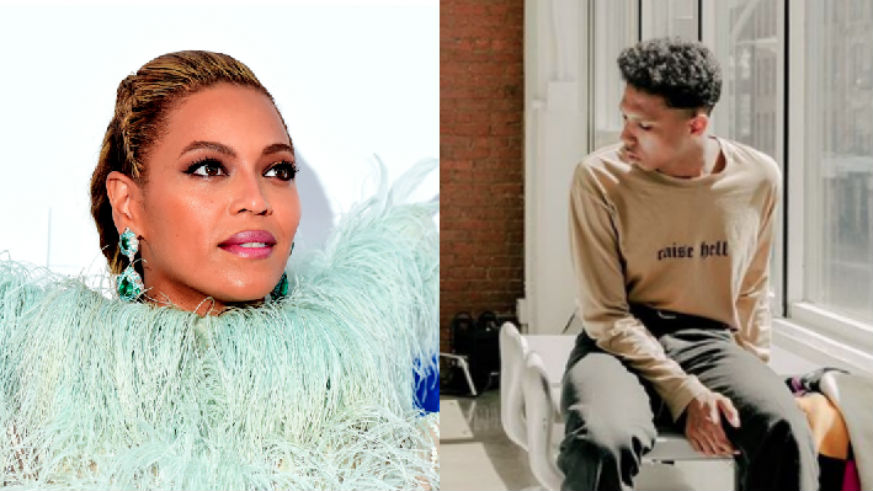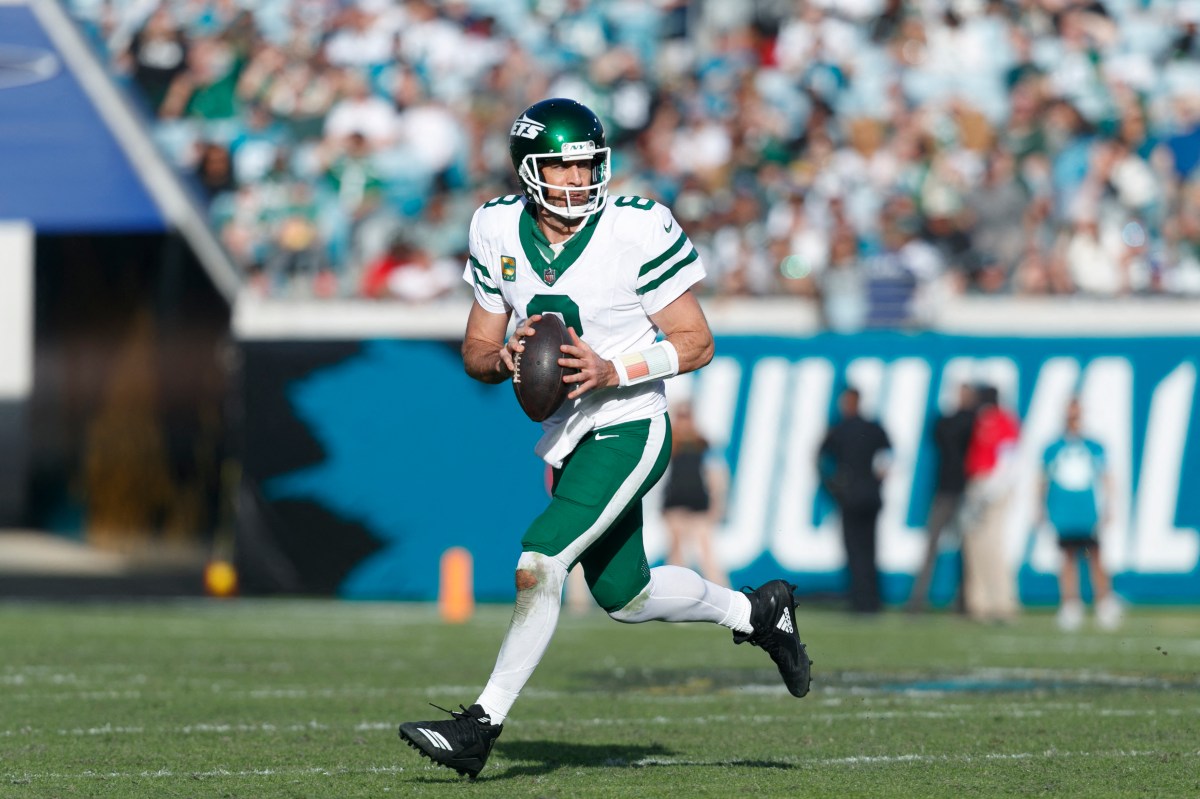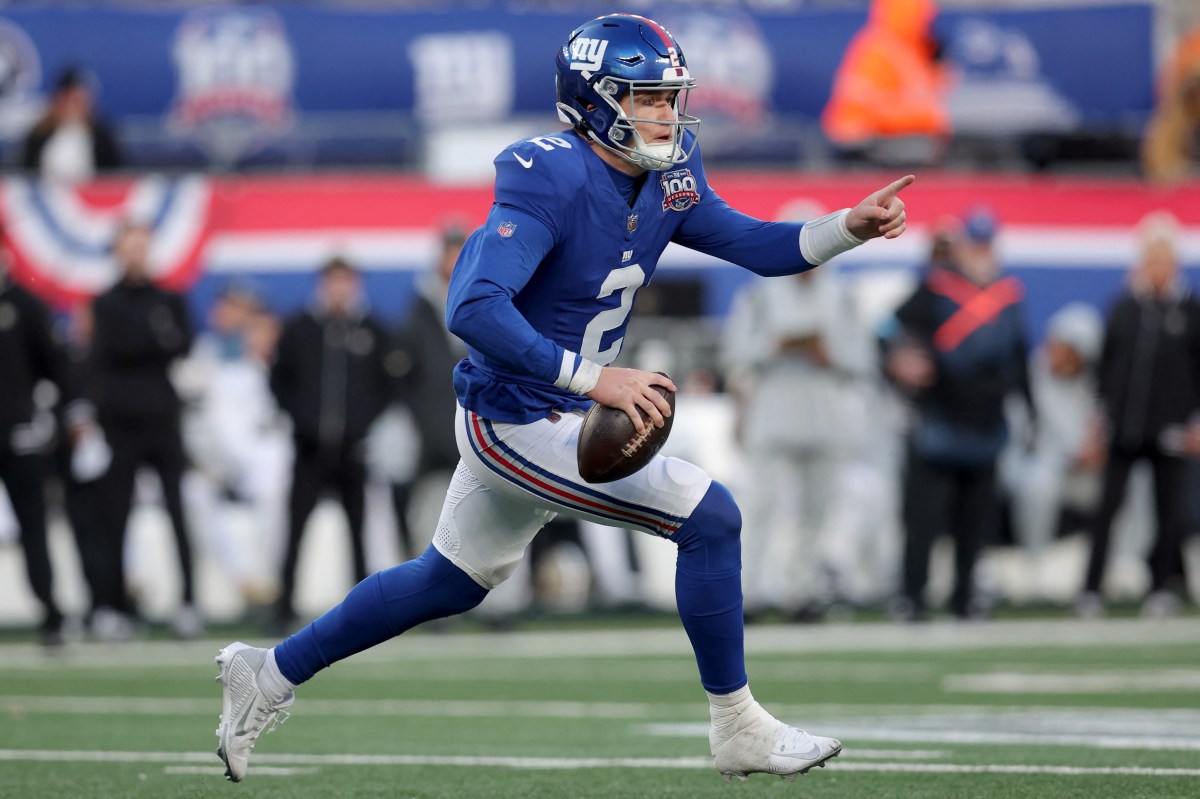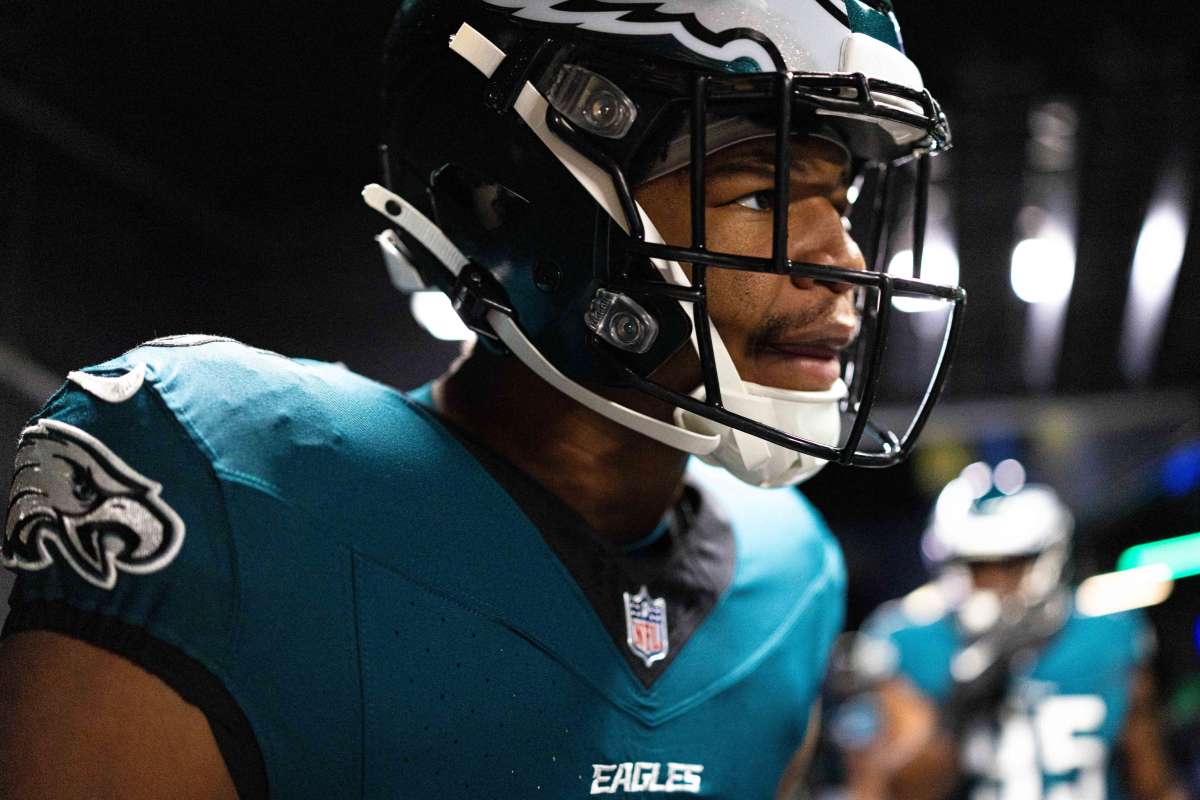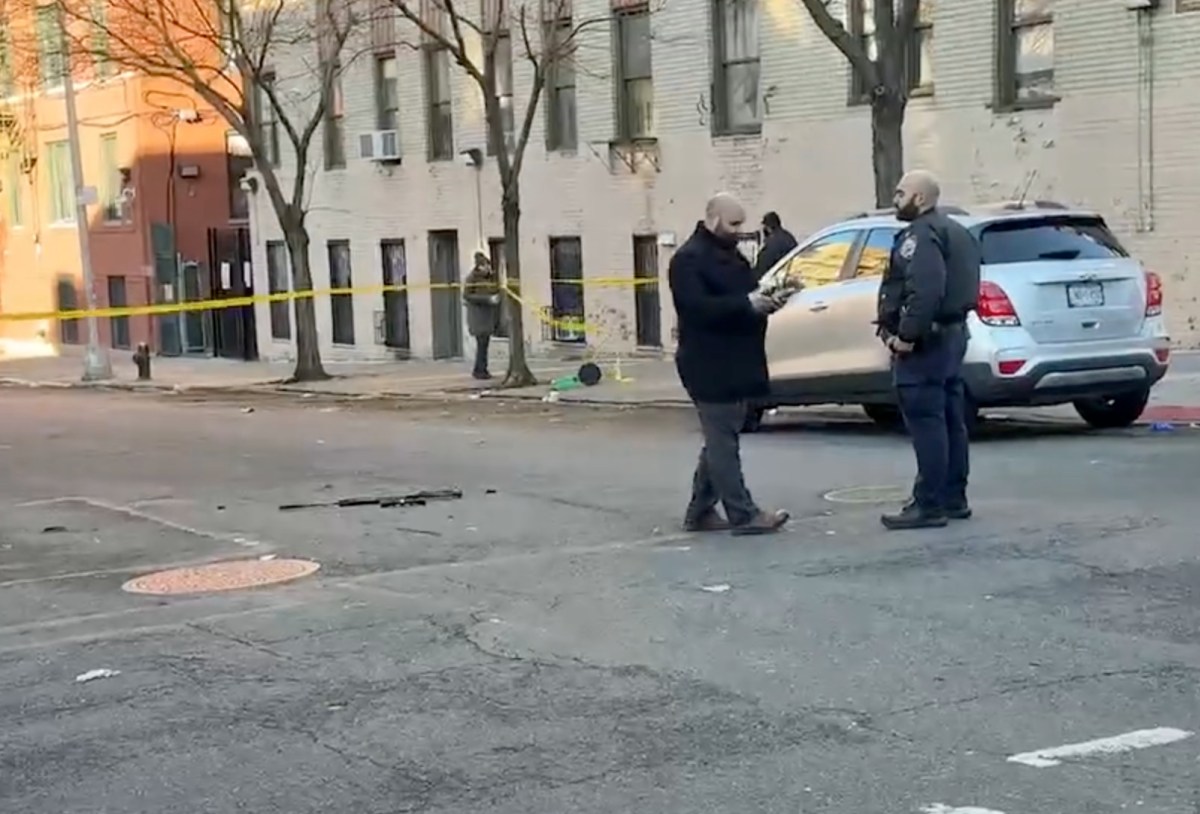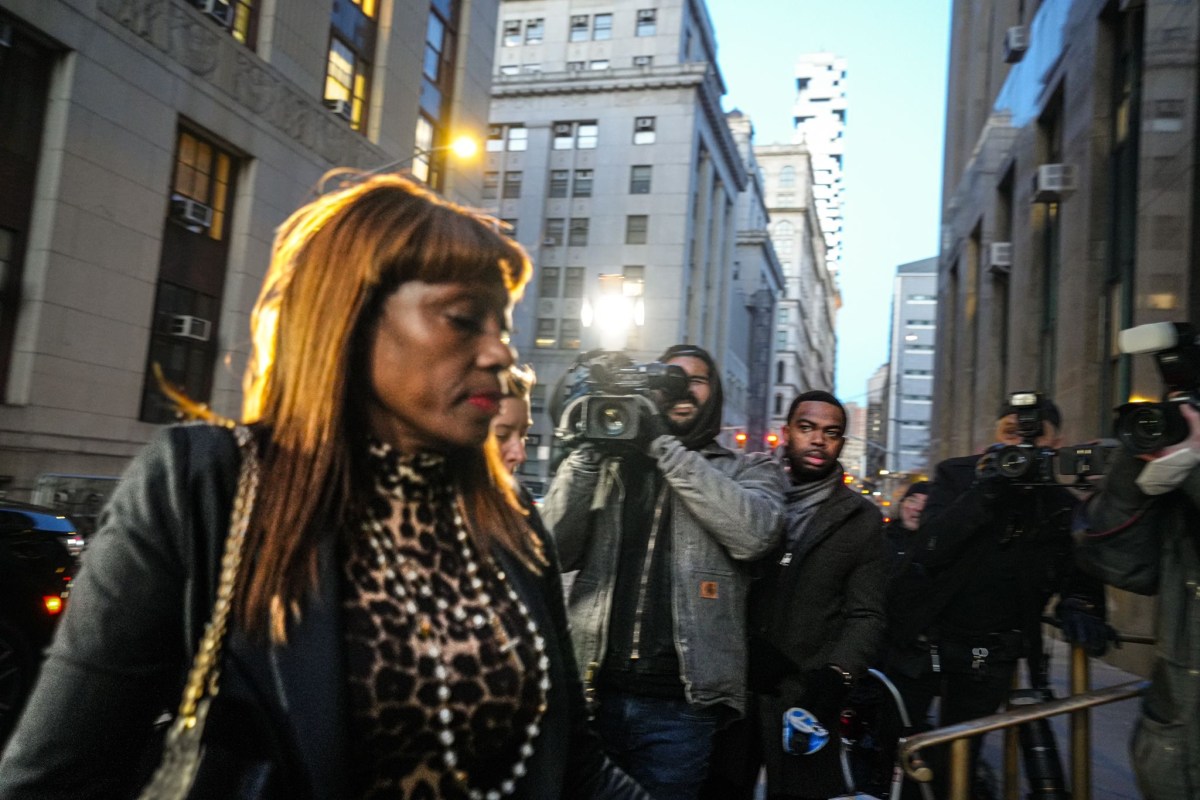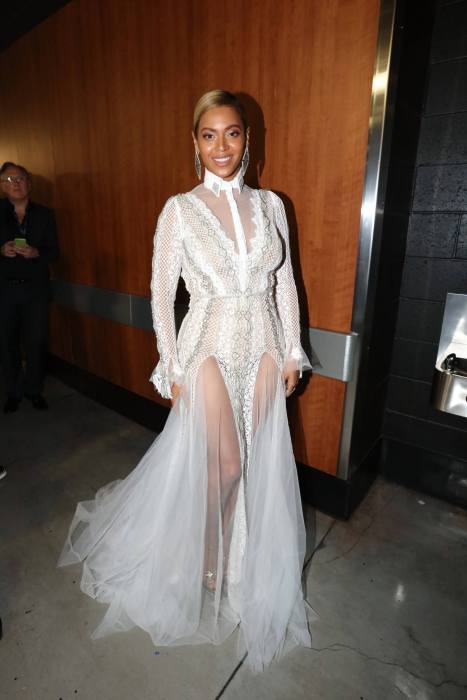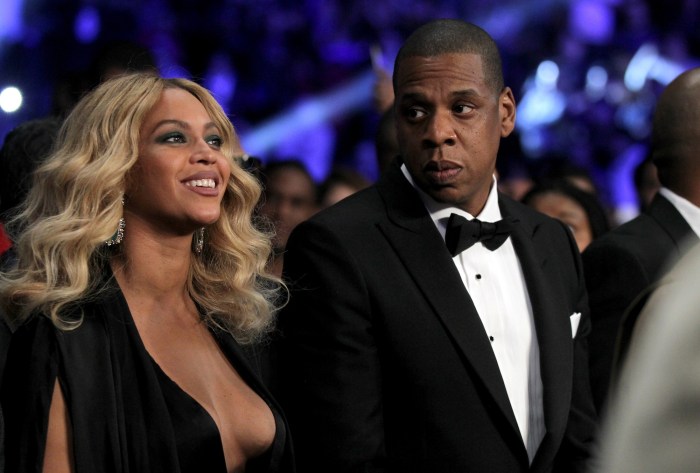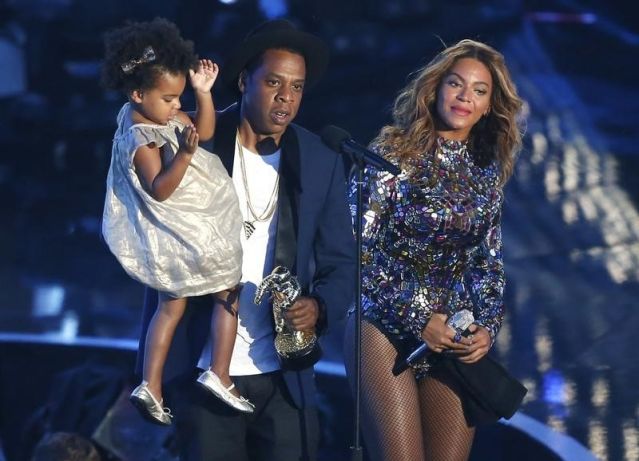Beyoncé will take the reins from editor-in-chief Anna Wintour for “unprecedented control” over the upcoming September issue of Vogue. That means she has final say on the photos and captions (which are, according to sources, written in long form). When it comes to who Beyoncé wants behind the lens, she’s reportedly picked 23-year-old photographer and filmmaker Tyler Mitchell.
Mitchell will be the first black photographer to shoot a Vogue cover in the magazine’s 126-year history.
“The reason a 23-year-old black photographer is photographing Beyoncé for the cover of Vogue is because Beyoncé used her power and influence to get him that assignment,” a source told HuffPost on Monday.
At such a young age, he’s already worked with major clients like Nike and Marc Jacobs.
Here’s everything to know about Tyler Mitchell.
Tyler Mitchell is from Atlanta and got his start with skateboarding films
Mitchell was born in Atlanta, Georgia, but is now based in Brooklyn.
The Brooklyn-based photographer told The Wild Magazine that his love of film all started with skateboarding: “…when I was 15 and one day my friend Mike showed me what a Canon DSLR was. It was over from then on.”
Mitchell attended New York University’s Tisch School of the Arts where he received a B.F.A. in film and television.
Tyler Mitchell has worked for major clients like Mercedes Benz
In addition to Mercedes Benz, Mitchell has work on campaigns for Marc Jacobs, Givenchy, Converse, Nike and Ray-Ban.
Mitchell has also shot and directed content for big-name publications like Teen Vogue, The Fader and Office Magazine.
In the below video for Teen Vogue, survivors of school shootings read aloud texts sent during the chaos.
View more of Mitchell’s work, including short films and stills, on his website.
Tyler Mitchell published his first photography book in 2015
Mitchell has a self-published photography book entitled, “El Paquete.” The photos in this publication were reportedly taken during a trip to Cuba as part of a documentary photography program.
“It was 2015, right in the middle of college, the summer between my sophomore and junior year,” he told This Generation. “So going there, I had the opportunity to have some space and time and think in a less scene-related way, in a less industry-related way.”
The 108-page collection showcases snapshots of Havana’s vibrant architecture and skateboard scene. Mitchell told Lomography that book number two is in the works.
Tyler Mitchell’s work documents the black experience
When asked to define his work, Mitchell told This Generation, “My only description would be that it is about the black experience and humanizing black people.”
“I depict black people and people of color in a really real and pure way,” he told the New York Times in December 2017 when he was featured in their “Up Next” series. “There is an honest gaze to my photos.”
He further explained to Dazed before the Red Hook Gallery’s “Labs New Artists II” exhibition in June, “My work attempts, on some level, to depict black men and black people first and foremost as not just ‘things.’ And I employ aesthetic beauty to do that. We have been ‘thingified’ in this country – bodily, sexually, emotionally and socially. The works try to break free of any notion of this ‘thingification.’ It tries to just breathe.”
Tyler Mitchell wants his work to feel like a ‘gut punch’
Mitchell told Dazed, “I’m interested in how a picture can be like a gut punch. How can it be aesthetically beautiful, and real, and also considered a moving work of art all at once? And how can it feel young and fun at the same time.”
The advice he gives aspiring creatives? Let your work be fully you.
“For emerging photographers, it’s astonishing how easy it can be to get tied up in this idea of being a ‘working photographer,’ what that takes or what trends you could indulge in,” he says. “But in my opinion, you aren’t a working photographer if the work is not first and foremost you — all of you and full. Let your work be full. The same way you are a full person.”

